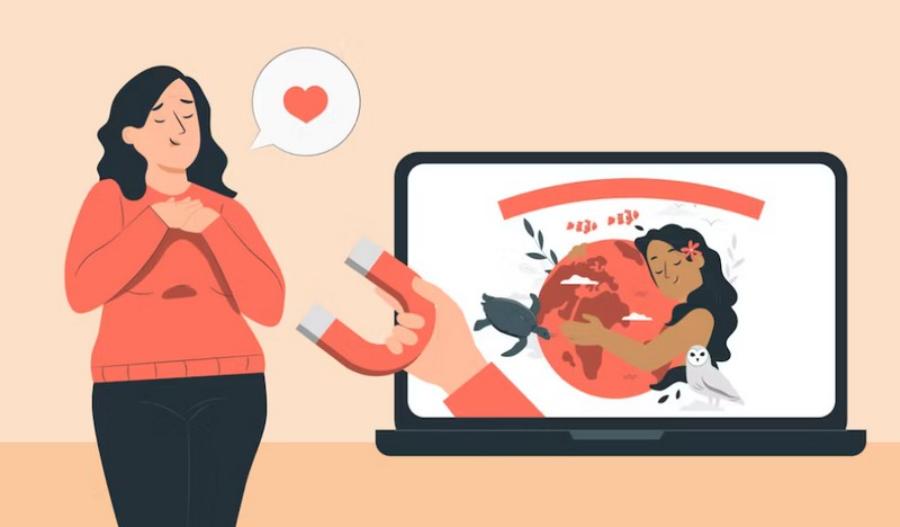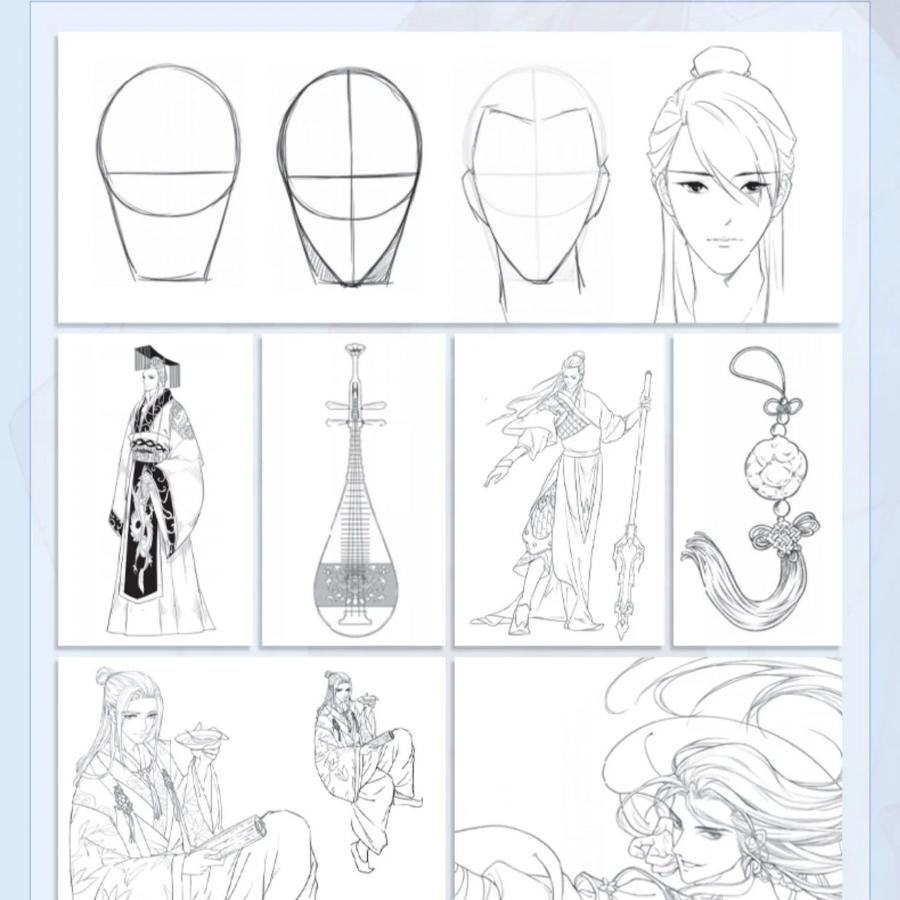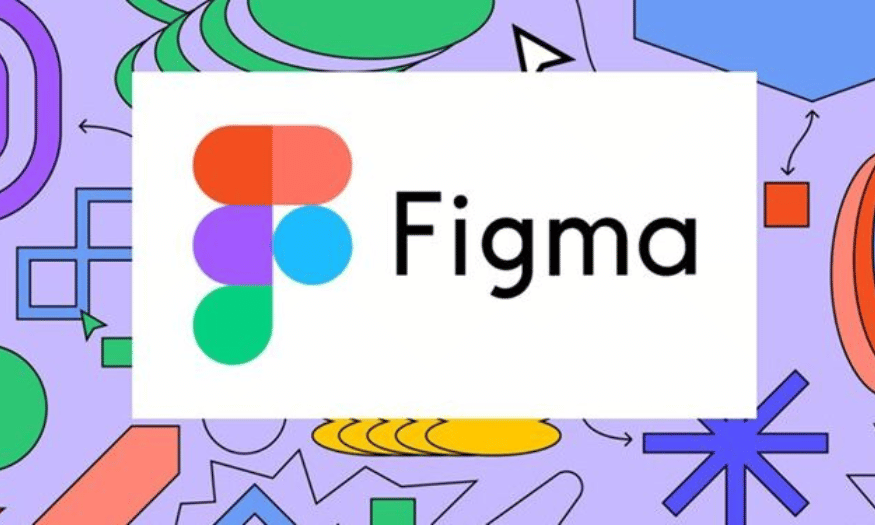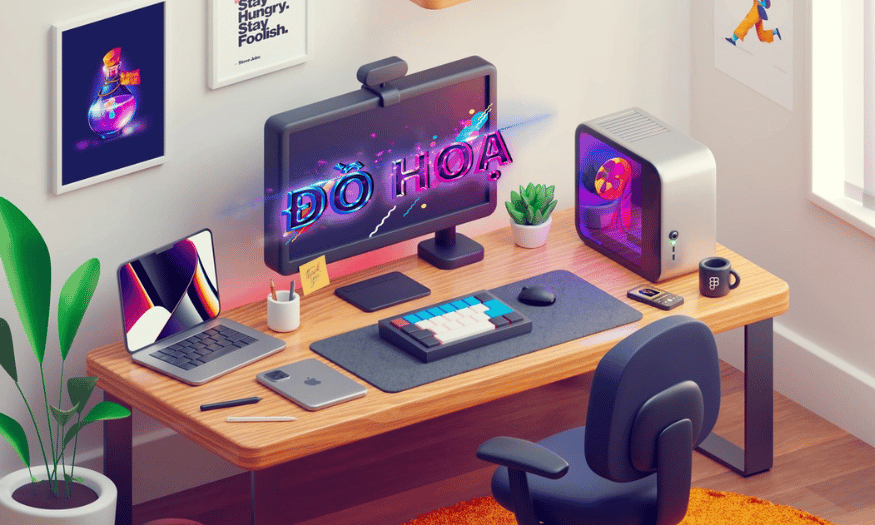Best Selling Products
How to Use Emotional Design to Touch Users' Hearts That Designers Need to KnowHow to Use Emotional Design to Touch Users' Hearts That Designers Need to Know
Nội dung
- 1. What is Emotional Design?
- 2. Learn the 3 Levels of Emotional Processing in Emotional Design
- 2.1. Visceral Level – Sensation
- 2.2. Behavioral Level
- 2.3. Reflective Level
- 3. Why is Emotional Design important?
- 4. Basic principles in Emotional Design
- 4.1. Understand your target audience
- 4.2. Make a strong first impression
- 4.3. Ensuring convenience and efficiency
- 5. Applying Emotional Design in design fields
- 5.1. User Interface Design (UI/UX)
- 5.2. Product design
- 5.3. Brand design
- 6. Examples of Successful Emotional Design Applications
- 7. Conclusion
Discover how Emotional Design helps design to tap into user emotions, create deep connections, and enhance user experiences. Learn now!

In the modern design world, creating products not only meets functional needs but also touches the emotions of users. Emotional Design is the key to building deep and memorable experiences. In this article, Sadesign will help you understand Emotional Design and how to apply it to create products that are not only beautiful but also full of emotions.
1. What is Emotional Design?
Emotional Design is a concept introduced by Don Norman in his book Emotional Design: Why We Love (or Hate) Everyday Things . He divides emotional design into three levels: visceral, behavioral, and reflective. Each of these levels corresponds to a different emotional aspect that users experience when interacting with a product.
.jpg)
2. Learn the 3 Levels of Emotional Processing in Emotional Design
In the modern design world, creating products that are not only beautiful but also evoke positive emotions in users is an important factor for building a brand and sustainable growth. Donald Norman, a famous expert in the field of user experience design, introduced three levels of emotions in design: visceral, behavioral, and reflective. Each of these levels plays an important role in shaping the user experience and influencing the decision to use the product.
2.1. Visceral Level – Sensation
The visceral level refers to the immediate and unconscious emotional response a user has when interacting with a product. This is the first impression a user receives through their senses such as sight, touch, hearing, and smell. Factors such as the color, shape, texture, and sound of a product all influence the user’s initial emotions.
Characteristics of Visceral Level
Instant Response : Users don't need to think much to make a judgment about a product.
Based on the senses : The color, shape, material and sound of a product create the first impression.
Strong emotional impact : A beautifully designed product can create feelings of satisfaction and desire to own it.
Illustrative Example
A smartphone with a slim, light design, sophisticated colors and high-quality materials will create a sense of luxury and modernity for users at first sight. This stimulates the desire to own and use the product.
2.2. Behavioral Level
The behavioral level is concerned with the user experience during product use. This is the level where the user directly interacts with the product to perform the desired functions. Design at this level focuses on the product's features, performance, and convenience.
Characteristics of Behavioral Level
Focus on functionality : The product needs to perform well the functions that the user expects.
User Experience : The user interface, feedback, and performance of a product influence satisfaction.
Convenience : The product needs to be easy to use and save time for the user.
Illustrative Example
A mobile application with a simple, easy to understand and responsive user interface will provide a smooth and efficient user experience. Users will feel satisfied and want to continue using the application.
2.3. Reflective Level
The reflective level involves the user’s personal thoughts, feelings, and values when using a product. This is the level at which users evaluate and reflect on what the product means to them. Design at this level focuses on creating a deep and lasting emotional connection with the user.
.jpg)
Characteristics of Reflective Level
Thinking and evaluating : Users consider products from personal and social perspectives.
Emotional connection : Products need to evoke positive emotions and personal value for users.
Influence decisions : Strong emotional connections can influence purchasing decisions and brand loyalty.
Illustrative Example
A high-end watch with sophisticated design and prestigious brand will not only be a timepiece but also a symbol of lifestyle and social status. Users will feel proud to own and use this product.
3. Why is Emotional Design important?
In an increasingly competitive market, creating products that only meet functional needs is not enough. Users are not only looking for convenience but also want memorable experiences and positive emotions when using the product. Emotional Design helps:
Create deep connections with users: When products touch users emotionally, they feel more attached and loyal.
Enhance user experience: An emotional design will bring satisfaction and delight, making users want to come back and recommend to others.
Differentiate and compete: In a crowded market, a product with emotional design will stand out and attract attention.
4. Basic principles in Emotional Design
To apply Emotional Design effectively, designers need to adhere to some of the following basic principles:
4.1. Understand your target audience
The Importance of Understanding Your Users
To design a product that touches the emotions of users, the first and most important thing is to understand the target audience. This not only helps to identify needs and desires, but also helps to identify the emotional elements that users are looking for in their experience.
Tools to help understand users
Persona: Create typical user models to better visualize your target audience.
User Journey Map: Analyze user journeys to identify key emotional touchpoints.
Empathy Map: Understand users' thoughts, feelings, worries, and desires.
The benefits of understanding your users
By understanding users, designers can create relevant experiences that meet their needs and desires, creating strong and lasting emotional connections.
4.2. Make a strong first impression
.jpg)
The role of first impressions
First impressions determine how users feel about a product. A beautiful, easy-to-use design will create a sense of satisfaction and trust from the first contact.
Elements of first impression
Color: Color has a powerful impact on user emotions. For example, blue creates a sense of trust, while red stimulates excitement.
Typography: Fonts that are easy to read and appropriate to the content make users feel comfortable using them.
Images: High quality images that match the product message create a professional and attractive look.
Create surprising and exciting experiences
Unexpected elements such as light motion effects, feedback sounds when operating or successful notifications will create joy and satisfaction for users, making them want to return to use the product.
4.3. Ensuring convenience and efficiency
Convenience in design
No matter how beautiful a product is, if it is difficult to use, it will quickly disappoint users. Ensuring convenience helps users easily perform operations without encountering obstacles.
Principles of ensuring convenience
Simplify the interface: Remove unnecessary elements, keeping only what is important and useful.
Process Optimization: Minimize the number of steps required to complete a task, saving users time.
Instant Feedback: Provide immediate feedback when users take actions, helping them know the results and feel more confident.
Efficiency in design
Efficiency is not only about completing tasks, but also about how satisfied users feel and how easily they achieve their goals.
Factors ensuring effectiveness
High performance: The product operates smoothly, without interruption or technical errors.
Consistency: The interface and interactive elements remain consistent, making it easy for users to learn and use.
User Support: Provide guidance and assistance when users encounter difficulties, helping them overcome obstacles quickly.
5. Applying Emotional Design in design fields
In the modern design industry, Emotional Design is not only a trend but has become a key factor in building a strong relationship between products and users. From user interface (UI/UX) to product and brand design, applying Emotional Design helps create experiences that not only satisfy the needs but also touch the emotions of users. Below will analyze three main areas: user interface design, product design and brand design, so you can better understand the role and application of Emotional Design in each field.
5.1. User Interface Design (UI/UX)
.jpg)
Create emotional connections through interfaces
In user interface design, Emotional Design plays an important role in creating a smooth and pleasant user experience (UX). A beautiful, easy-to-use interface not only helps users complete tasks but also creates a sense of satisfaction, even joy. For example, applications such as Slack and Spotify have applied Emotional Design to create friendly, easy-to-use interfaces that bring a sense of comfort to users.
Optimize user emotions
Optimizing user emotions goes beyond designing a beautiful interface, and includes understanding and meeting the emotional needs of users. This can be achieved through the use of appropriate colors, images, sounds, and interactive feedback. For example, using soft colors, pleasant images, and soothing sounds can help users feel relaxed and satisfied when using an application.
Create memorable user experiences
A well-designed user interface not only helps users complete tasks but also creates a memorable experience. This can be achieved by creating unexpected, interesting or humorous moments during the use of the application. These moments not only increase user satisfaction but also help build long-term relationships with users.
5.2. Product design
Connecting emotionally through product design
In product design, Emotional Design helps create products that not only meet functional needs but also create an emotional connection with users. This can be achieved by designing products with the right shape, color, and materials that create a sense of comfort and satisfaction when used. For example, Apple products with their sophisticated design, high-quality materials, and comfortable grip have created a strong emotional connection with users.
Create a positive user experience
Product design goes beyond meeting functional needs to creating a positive user experience. This can be achieved by designing products that are easy to use, easy to maintain, and satisfying to use. For example, designing products with easy-to-use features, clear instructions, and good customer support can help users feel satisfied and confident in the product.
Branding through product design
Product design not only helps create an emotional connection with users but also helps build a brand. A well-designed product not only makes users feel satisfied but also helps build a strong brand image. For example, Tesla products with modern design, advanced features and commitment to environmental protection have helped build a strong brand image and create an emotional connection with users.
5.3. Brand design
Building a brand through emotion
In branding, Emotional Design helps build a brand not only based on the product but also on the emotions of the users. This can be achieved through building a brand story, brand values and brand messages that resonate with the emotions of the users. For example, Dove's "Real Beauty" campaign helped build a brand based on natural values and confidence, creating a strong emotional connection with consumers.
Create a consistent brand experience
Creating a consistent brand experience goes beyond designing a logo or slogan, and involves ensuring that all customer touchpoints deliver a consistent experience. This can be achieved by ensuring that all communication channels, products, and services reflect the brand’s values and messaging. For example, ensuring that stores, websites, and customer service deliver a consistent experience can help build customer trust and loyalty.
Create lasting emotional connections
Creating lasting emotional connections with customers goes beyond building a strong brand, and involves maintaining and growing customer relationships. This can be achieved through providing excellent customer service, listening to customer feedback, and continually improving products and services to meet customer needs and wants. For example, providing excellent customer service and listening to customer feedback can help build lasting relationships and create strong emotional connections with customers.
6. Examples of Successful Emotional Design Applications
Apple: With its refined product design, smooth user interface, and strong brand messaging, Apple has created a loyal and passionate community of users.
Coca-Cola: With the message "Open Happiness" and a friendly brand image, Coca-Cola has built a positive and accessible brand image for users.
Nike: With its “Just Do It” message and strong brand image, Nike has created a passionate and loyal community of users.
7. Conclusion
Emotional Design is not just a trend but an important factor in creating memorable products and user experiences. By understanding users, creating strong impressions, ensuring convenience and providing deep value, designers can apply Emotional Design to touch users' hearts and build long-term relationships with customers. Start applying Emotional Design in your design work to create products that are not only beautiful but also emotional.












































